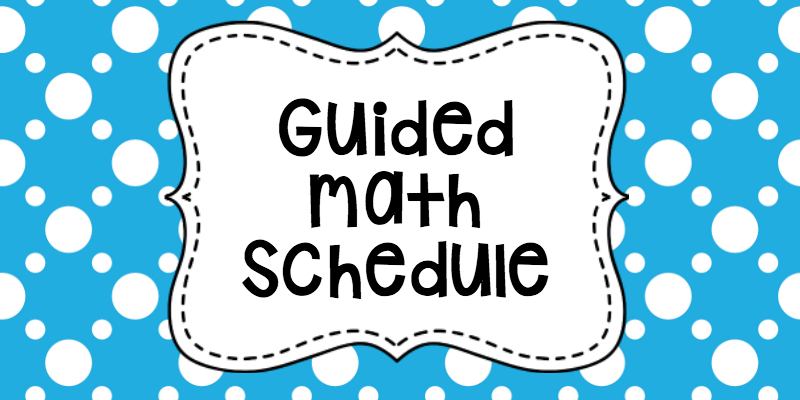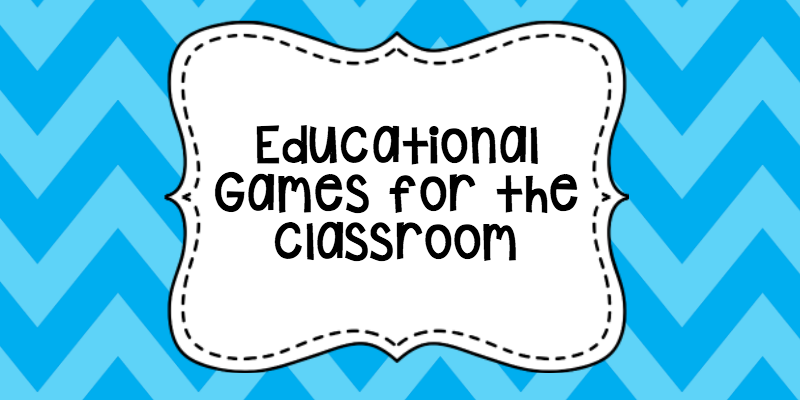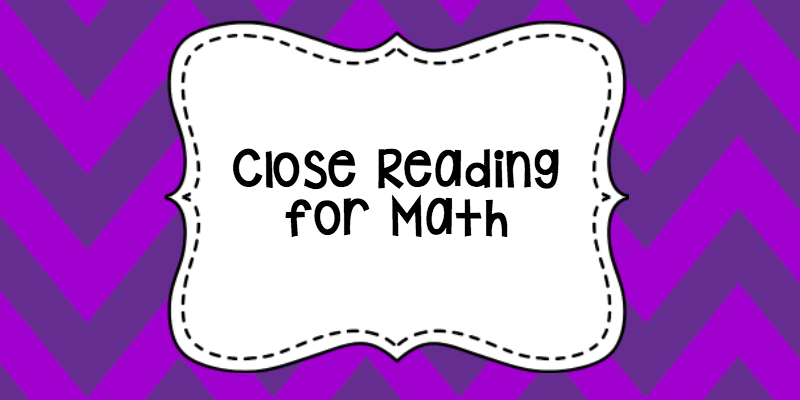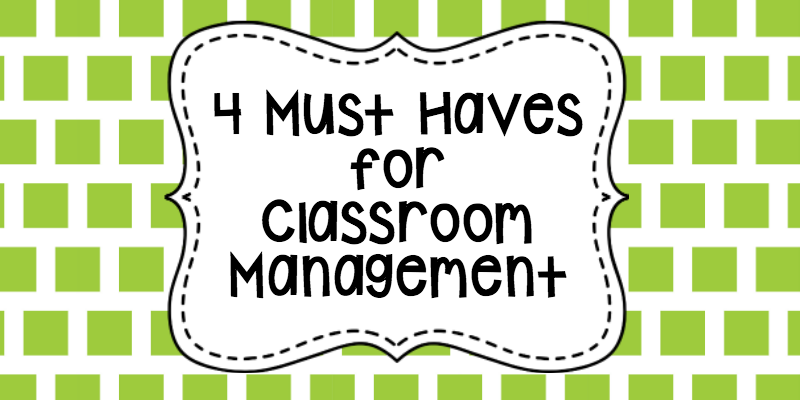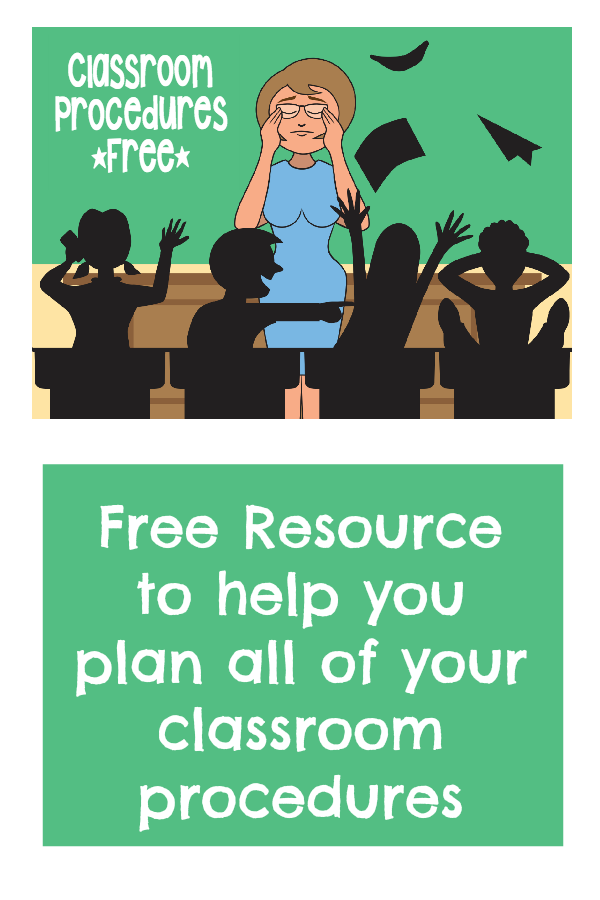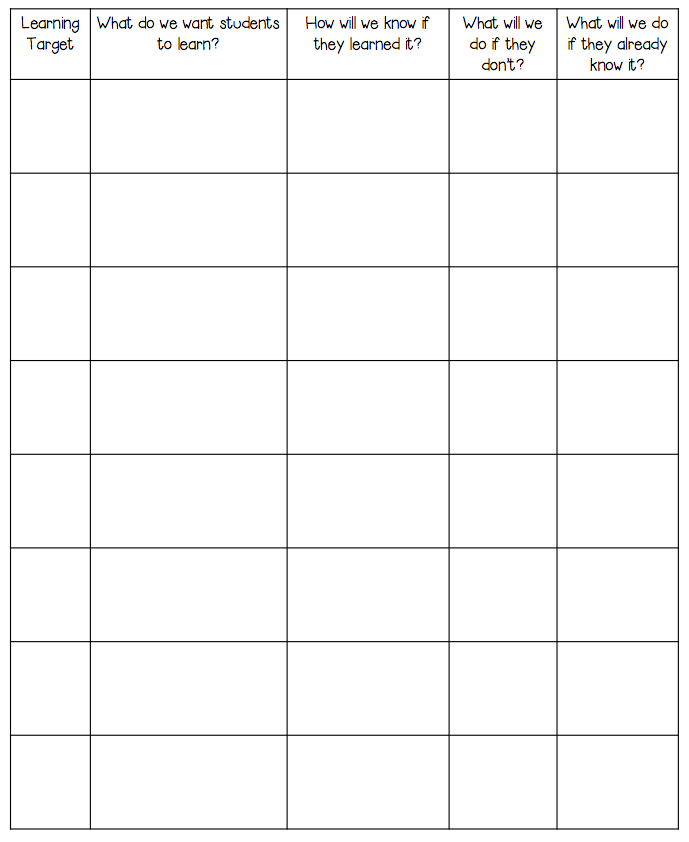
One of the hardest decisions to make about Guided Math in the classroom seems to be how to set up the schedule. There are so many moving parts and different activities going on that sometimes I get overwhelmed.
Our day starts with a Number of the Day and Math Meeting. We spend up to 10 minutes a day, but no more! I set timers to keep myself on track! The kids are sitting on the rug during this time so I am also making sure they are not sitting on the floor too long! After we finish the number of the day (5 Minutes), we stand up! Next we skip count, use the 100’s chart and 1,000 chart to find numbers and practice a fact strategy like doubles and doubles plus one (play SPARKLE or another fast paced high interest game!).
Our next step is to move into the Mini-Lesson portion. I know it says mini lesson, but this might be a variety of things! It is not always direct instruction. It could be an anticipation guide, word splash, literature connection, math talk or huddle, games and music or using technology like Kahoot! Whatever I choose, I make sure it last 7-8 minutes. then the work begins! I needed a way to see which group my students needed to be in for the daily skill. My students get out their whiteboards and markers. I give them a problem, they solve and show work. I walk around and check, keeping track of who can and cannot do the skill. These problems are the most important problems of the day! The guided practice problems need to TELL me which level my students are on. Look for problems that highlight a misconception.
When we are finished with the guided practice, we start stations. I know the experts say that a guided math group needs to have fewer than 6 students, but I have too many kids in my class and not enough time to have groups that small! I usually have 7 or 8 kids in a group. I have three lesson plans ready- intervention, on level and enrichment. Sometimes I have two groups of intervention and one group of enrichment, so this is the main reason I teach this way! There are many ways to differentiate math lessons, content (what is being learned), process (the actual activity), or product (how the student demonstrates mastery). Most of the time my differentiation is process and content.
Now that all of the groups are taught, I am free to breathe! I use about 5 minutes of this time to make notes about student learning. Documentation is important to the RTI process, so I set aside a couple of minutes at the end of instruction to take care of the paperwork! When I am finished, I join a station game and play with kids, have a drop in conference with a student that is in the problem solving station, or have a one on one conference with a student at my table. Basically, I have 10 minutes to watch kids learning, talk to them about their learning or enjoy playing a game with them. The kids love it when I sit down and play with them. The competition level goes way up when they are trying to beat the teacher!
Whole class activity time is next. We clean up and head back to our desks. Now that I know kids have practiced the skill, the whole class active engagement is done. Activities like SCOOT, Scavenger Hunt, Mystery Challenge, Ghost in the Graveyard or Minute to Win It are very popular with my kids!
The exit ticket is given in the last 5 minutes of class. I want to see if the students learned what I wanted them to learn during the class time. I know I taught it (like 4 times!), but did they learn it?
